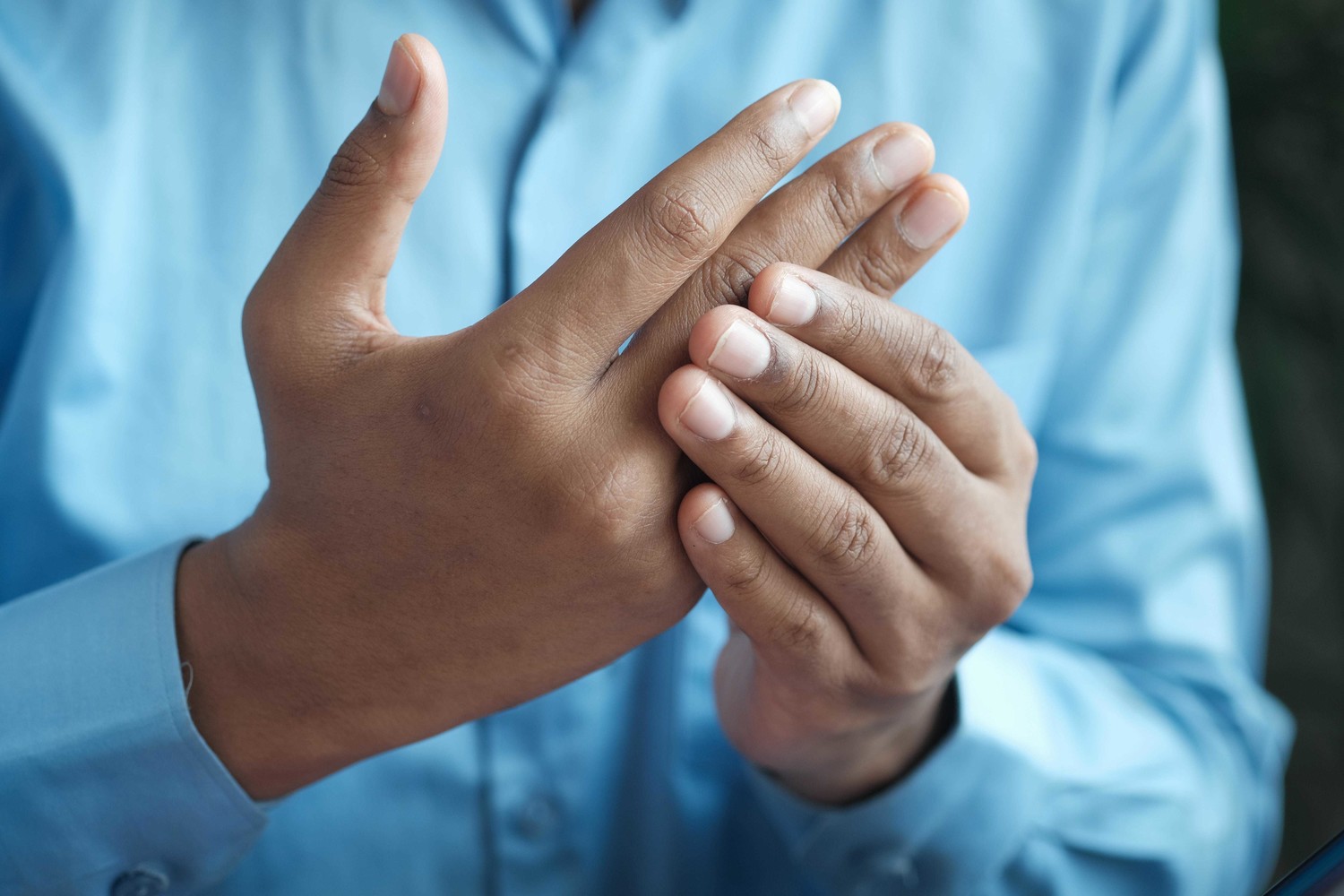
Arthritis is a very painful condition that many people live with. According to the Arthritis Foundation, arthritis affects over 50 million people and is the leading cause of disability across North America. It causes moderate to severe pain and inflammation in one or multiple joints in a person’s body, and can strike anyone at any age.

Physiotherapy is an excellent option for arthritis because it helps to restore the normal motion of your joints, strengthen supporting muscles, and can improve the way you move overall. Our physiotherapy treatments cater to your specific needs for a lasting recovery. We can also show you ways to prevent future injuries to your joints, and home exercises to practice on your own. If you’re struggling with arthritis or have noticed any of the arthritic symptoms listed here, make an appointment today with one of our registered physiotherapists at Amped Physiotherapy in Ottawa, Chelsea, Kanata & Nepean, ON. Let us help you find lasting relief from your pain.

(613)- 663-2342

(613)- 822-9922

physio@ampedsportslab.com

2600 Leitrim Road - Second Floor, Ottawa, ON K1T 3V3, Canada

Monday - Thursday: 7:00am - 8:00pm
Friday: 7:00am - 6:00pm